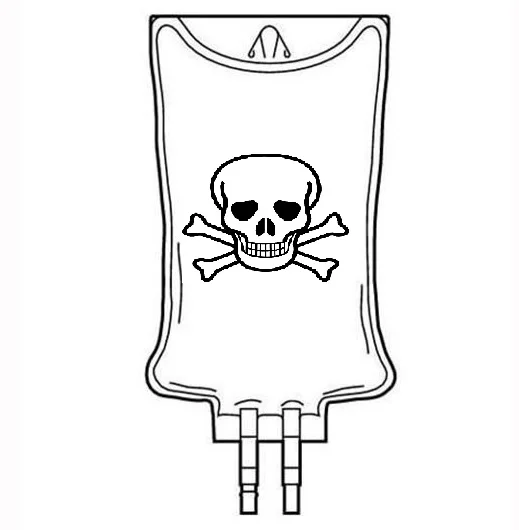Feature Film - Could There Be Light At The End Of The Behavioral Health Tunnel?
/Tomorrow, countless acute mental health patients will present to their local emergency department asking for help. Our typical response? Detain them for days until definitive resources are available. Ironic for a specialty whose defining characteristic is timely diagnosis and treatment. Door to balloon time for STEMI? t-PA for stroke within the window? Most emergency departments have complex operations, funding and resources to meet these goals. How about a door to psychiatric bed time? Not so much. Sadly, the behavioral health care crisis in this country is only getting worse. While the demands on emergency providers to treat these patients continues to rise, resources continue to decline. In this feature film, Dr. Kivela, current ACEP president, proposes some novel solutions to improve the care, cost and boarding times for this vulnerable population.
Read More
















